Save the date for the NanoLund annual meeting which will take place September 7 in Lund. Our Scientific Advisory Board will visit, and we plan for a day of scientific talks and posters on the theme "Why we do Nanoscience: from Fundamental Curiosity to Society's Grand Challenges".
More information and signup on the NanoLund homepage |
 |
Welcome to the European Workshop on Label Free Particle Sorting! The workshop aim to connect experience in microfluidic label-free particle fractionation based on the inherent properties and put it to use to address important biomedical problems.
Join or read more here. |
 |
Dresden, Germany will host the workshop “New Directions of Biocomputation” chaired by Heiner Linke. Veterans of quantum- and DNA computing will come together with experts in molecular motor-powered, network-based computing to develop new directions of biocomputation.
Read more here. |
|
Thursday August 24 you are invited to join for a NanoLund After Work at Gloria's Restaurant and Sportsbar, Sankt Petri Kyrkogata 9, downtown Lund. We will be in a room upstairs and hope to see many of you there for catching up and chatting to old and new colleagues.
Welcome! |
 |
| Are you new in the NanoLund environment? Welcome to an introductory event in the afternoon of August 24, 2017. We inform about what NanoLund is, how we work together and what opportunities are open to you, followed by an after work for everyone downtown Lund. To sign up (or to let us know about new people who should be invited) please contact Line.Lundfald@ftf.lth.se. |
|
Crystal Structure Induced Preferential Surface Alloying of Sb on Wurtzite/Zinc Blende GaAs Nanowires
M Hjort, P Kratzer, S Lehmann, SJ Patel, KA Dick, CJ Palmstrom, R Timm, A Mikkelsen
Nano Lett., 2017, (Web): May 24 DOI: 10.1021/acs.nanolett.7b00806
Elimination of Lateral Resistance and Current Crowding in Large-Area LEDs by Composition Grading and Diffusion-Driven Charge Transport
P Kivisaari, I Kim, S Suihkonen, J Oksanen
Adv. Electron. Mater. 2017, 1700103 DOI: 10.1002/aelm.201700103
Absorption and transmission of light in III–V nanowire arrays for tandem solar cell applications
N Anttu, V Dagytė, X Zeng, G Otnes, M Borgström
Nanotechnology, 28 (2017) 205203 (6pp) DOI: 10.1088/1361-6528/aa6aee
The nanoparticle protein corona formed in human blood or human blood fractions
M Lundqvist, C Augustsson, M Lilja, K Lundkvist, B Dahlbäck, S Linse, T Cedervall
PLoS ONE, 12(4): e0175871 DOI: 10.1371/journal.pone.0175871
Electronic structure and excited state properties of iron carbene photosensitizers – A combined X-ray absorption and quantum chemical investigation
F Ericson, A Honarfar, O Prakash, H Tatsuno, LA Fredin, K Handrup, P Chabera, O Gordivska, KS Kjær, Y Liud, J Schnadt, K Wärnmark, V Sundström, P Persson, J Uhlig
Chem. Phys. Lett. (2017) (in press) DOI: 10.1016/j.cplett.2017.03.085
Deposition efficiency of inhaled particles (15-5000 nm) related to breathing pattern and lung function: an experimental study in healthy children and adults
J Rissler, A Gudmundsson, H Nicklasson, E Swietlicki, P Wollmer, J Löndahl
Particle and Fibre Toxicology, 2017 14:10 DOI: 10.1186/s12989-017-0190-8
Roadmap and roadblocks for the band gap tunability of metal halide perovskites
EL. Unger, L Kegelmann, K Suchan, D Sörell, L Korte, S Albrecht
J. Mater. Chem. A, 2017 DOI: 10.1039/C7TA00404D
Phase diagrams for understanding gold-seeded growth of GaAs and InAs nanowires
M Ghasemi and J Johansson
J. Phys. D: Appl. Phys. 50 (2017) 134002 DOI: 10.1088/1361-6463/aa601c
Radial tunnel diodes based on InP/InGaAs core-shell nanowires
O Tizno, B Ganjipour, M Heurlin, C Thelander, MT Borgström, L Samuelson
Appl. Phys. Lett. 110, 113501 (2017) DOI: 10.1063/1.4978271
Real-time in situ analysis of biocorona formation and evolution on silica nanoparticles in defined and complex biological environments
R Frost, C Langhammer, T Cedervall
Nanoscale, 2017, 9, 3620-3628 DOI: 10.1039/C6NR06399C
Time-resolved terahertz spectroscopy reveals the influence of charged sensitizing quantum dots on the electron dynamics in ZnO
S Bamini N, H Němec, K Žídek, M Abdellah, MJ Al-Marri, P Chábera, C Ponseca, K Zheng, T Pullerits
Phys. Chem. Chem. Phys., 2017, 19, 6006-6012 DOI: 10.1039/C6CP07509F
Electron–acoustic phonon coupling in single crystal CH3NH3PbI3 perovskites revealed by coherent acoustic phonons
P-A Mante, CC Stoumpos, MG Kanatzidis, A Yartsev
Nature Communications, 8:14398 DOI: 10.1038/ncomms14398
InxGa1–xP Nanowire Growth Dynamics Strongly Affected by Doping Using Diethylzinc
G Otnes, M Heurlin, X Zeng, MT Borgström
Nano Lett., 2017, 17 (2), pp 702–707 DOI: 10.1021/acs.nanolett.6b03795
Majorana bound state in a coupled quantum-dot hybrid-nanowire system
MT Deng, S Vaitiekėnas, EB Hansen, J Danon, M Leijnse, K Flensberg, J Nygård, P Krogstrup, CM Marcus
Science, 23 Dec 2016 DOI: 10.1126/science.aaf3961
Conduction Band Offset and Polarization Effects in InAs Nanowire
Polytype Junctions
I-J Chen, S Lehmann, M Nilsson, P Kivisaari, H Linke, KA Dick, C Thelander
Nano Lett., 2017, 17, 902−908 DOI: 10.1021/acs.nanolett.6b04211 |
|
|